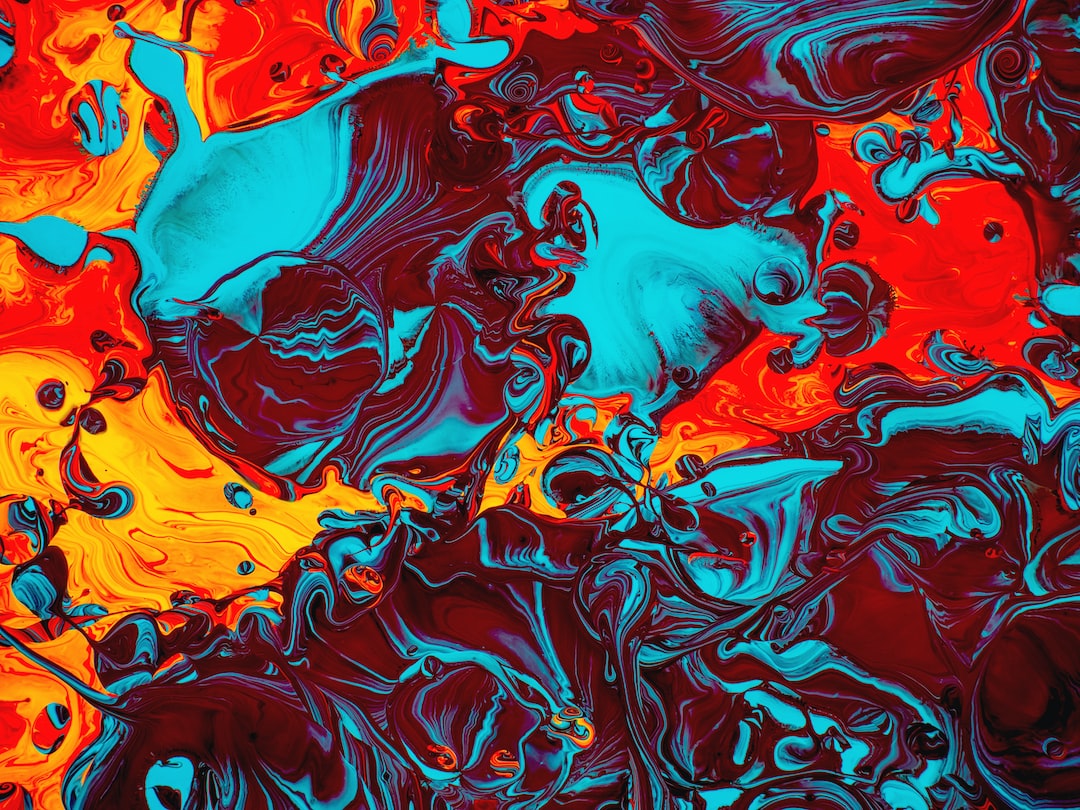Art and Technology: Innovative Techniques and Tools for Artists
Art and technology have always had a unique relationship, constantly influencing and inspiring each other. From the invention of the camera obscura to the digital art revolution, technology has provided artists with innovative techniques and tools to push the boundaries of creativity.
One of the most significant contributions of technology to art is the ability to accurately capture and replicate visual reality. The invention of the camera, followed by photography, enabled artists to create realistic representations of the world around them. This technique revolutionized the art world, as artists no longer had to rely solely on their memory or sketches to recreate a scene. Instead, they could capture the true essence of a moment with a click of a button.
However, technological advancements did not stop at photography. Artists soon embraced digital tools and techniques, allowing them to explore new dimensions of creativity. In recent years, digital art has gained significant popularity, with artists using technology to create visually stunning and conceptually intriguing pieces. This form of art allows for experimentation with colors, textures, and forms in ways that were unimaginable before.
Digital tools have also provided artists with a platform to effortlessly share their work with the world. The rise of social media and online platforms has made it easier for artists to connect with a global audience. Platforms like Instagram and Behance have become virtual galleries that artists can use to exhibit their work, gain exposure, and even sell their pieces. This accessibility has democratized the art world, allowing artists from all backgrounds to showcase their talent and reach potential buyers.
Another exciting development in the art and technology realm is the integration of augmented reality (AR) and virtual reality (VR) into artistic experiences. AR and VR provide artists with the means to create immersive and interactive installations. These technologies allow viewers to engage with art in a whole new way, blurring the boundaries between the physical and digital worlds. Artists can create virtual sculptures that the viewer can walk around, interact with, and even modify. This fusion of art and technology introduces endless possibilities for creative expression and pushes the limits of traditional mediums.
Beyond the digital realm, technology has also made its mark on traditional art forms. For instance, 3D printing has revolutionized sculpture, allowing artists to create intricate and complex designs with ease. This technology has opened up a whole new realm of possibilities for sculptors, as they can bring their wildest ideas to life without the limitations posed by traditional sculpting techniques. Furthermore, it has enabled artists to experiment with new materials and textures, leading to astonishingly innovative creations.
Artists are constantly experimenting with new technologies, finding ways to incorporate them into their artistic process. From using drones to capture unique perspectives to utilizing artificial intelligence to generate original compositions, the marriage between art and technology continues to evolve and innovate. These tools and techniques are not meant to replace traditional methods but rather to enhance and complement them.
In conclusion, the partnership between art and technology has paved the way for innovative techniques and tools that have revolutionized the art world. From the invention of the camera to the rise of digital art and the integration of AR and VR, artists have been able to explore new dimensions of creativity and connect with a global audience. Technology has not only provided artists with the ability to capture and replicate visual reality but has also opened doors to unimaginable artistic possibilities. As technology continues to advance, the collaboration between art and technology promises to deliver even more groundbreaking innovations in the future.
